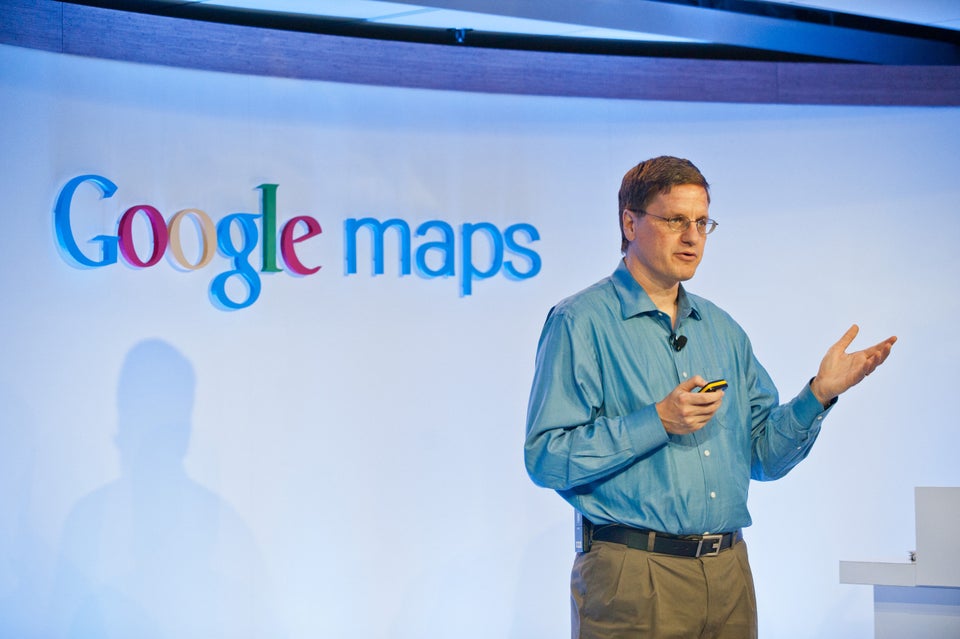
When Tim Cook apologized for the well-noted inferiority of Apple's iOS 6 Maps on Friday morning, he not only proved himself a more understanding CEO than his predecessor; he also became the latest in a long line of tech writers to suggest alternative iPhone mapping apps for users fed up with Apple's homebrew.
Yes, within Cook's apology is a list of apps (not unlike a list you might see on any number of technology sites, perhaps in slideshow form) that you might consider using, rather than the one his company and his employees make. Cook wrote:
While we’re improving Maps, you can try alternatives by downloading map apps from the App Store like Bing, MapQuest and Waze, or use Google or Nokia maps by going to their websites and creating an icon on your home screen to their web app.
(Hey, if this whole "CEO of Apple" thing doesn't work out, then maybe Cook will be able to swing an internship at Gizmodo!)
Reading Cook's app suggestions, you might wonder: How viable is each solution here? Could any of these apps really prove a permanent replacement to your Maps app?
Luckily, all of the apps Cook lists are free, so you can try them out for yourself. For now, though, here's my take:
Google and Nokia Maps Web App
WHO'S IT FOR: Drivers, bicyclists, walkers and transit-takers, patient types, those prone to nostalgia and/or longing for what they can't have.
Let's just get this out of the way: Google Maps is probably the one that you want (hoo hoo hoo, honey) as it presents the most familiar experience and the best mapping data. The method that Cook describes above -- visiting maps.google.com in your browser and bookmarking the site on your homepage -- does indeed save Google Maps to your homescreen like an app; but, alas, it is not the robust substitute to Apple's Maps that you're pining for.
Yes, with the Google Maps web app, you do get back transit directions (hallelujah!) and accurate mapping data (double hallelujah!); unfortunately, you are losing spoken turn-by-turn directions, full-screen mode, a view of nearby points-of-interest and restaurants, and smooth scrolling and zooming. The design on the Google web app is also pretty rough, especially if you're trying to navigate: You can either look at your map, with a blue line on your route, or you can look at a bland list of directions, which do not automatically update as you move.
So: Great for finding a spot, but not-so-great for actually helping you get there.
Nokia Maps works similarly: Accurate maps and transit directions, but no spoken turn-by-turn directions. The design is a bit more handsome than Google's, though.
With both of these web apps, you are trading full-feature navigation for location accuracy. This is, presumably, why Google is rushing to get out an app of its own, which will certainly feature spoken turn-by-turn directions, smoother scrolling and more information about nearby restaurants and businesses on the map itself.
MapQuest
WHO'S IT FOR: Drivers, road trippers; no-nonsense, no-frills, function-over-form motorists.
You might not have thought about MapQuest since Andy Samberg and Chris Parnell concluded that Google Maps is the best for finding the "dopest route" to see Chronicles of Narnia, but the app is actually a worthy replacement for drivers looking for spoken turn-by-turn navigation on their iPhone. It's a fairly basic app -- you enter your address and you get a route, with an option to overlay traffic data -- and there is also a menu that surfaces restaurants, hotels, gas stations, and more in your area. Mostly, though, MapQuest is an effective, barebones GPS app with spoken navigation that's free and accurate. You're losing out on transit directions, however, and you can only get walking directions for distances under a mile; if you're using MapQuest, then, you better hope your Quest involves a car.
CORRECTION: MapQuest can deliver walking directions at any distance. It will only suggest walking directions if you enter a destination under one mile, but you can select walking directions from the menu for any distance.
(Full disclosure: MapQuest, like The Huffington Post, is owned by AOL).
Waze
WHO'S IT FOR: Drivers, road warriors, morning commuters; backseat drivers, Emoji fans, former Tamagotchi owners.
Waze is probably the oddball of this group, which you'll be able to tell as soon as you open it up for the first time. There are little icons and cartoons all over Waze's maps, each of which represent either a different cause of traffic in the area (speed trap, construction, accidents) or a fellow Waze user's location.
Waze is really an app for motorists with specific places to go who want to avoid traffic -- that is the stated purpose -- so Waze collects information from all of its users about what's happening on certain roads and why there are slowdowns. You can report incidents that are causing traffic on your route and also peek ahead at the incident reports of everyone else on your route that is using the app; you can even chat with any other Waze user and ask them how things look where they are, what traffic is like, which lanes are moving the quickest, etc. I wrote about Waze at length several months ago and found it a helpful tool for drivers who want an app that can help them avoid traffic at all costs.
Waze is probably best for those in large cities and towns where there are several other Waze users who are constantly reporting traffic. It also comes with voice turn-by-turn navigation and a function to find the cheapest gas station along your route (which, uh, iOS 6 Maps apparently has some trouble with). No transit or walking directions, however: This one is only for drivers.
Bing Maps
WHO'S IT FOR: Drivers, transit-takers, walkers; design snobs.
Don't laugh: Bing Maps shares the clean design of the Windows Phone operating system, boasts smooth zooming, and offers driving, transit, and walking directions. You are losing out on spoken turn-by-turn directions, however, and Microsoft could do a better job automatically surfacing nearby points-of-interest; I also found that searching by street address was more accurate on MapQuest and Google Maps than it is on Bing. Still, though, Bing Maps offers directions in a larger, more legible font than you will find from competitive apps, and it's also baked into a Bing app that also offers a fully-fledged search engine.
For more alternatives to Apple's Maps, head to this new section in the iTunes Store which features 13 GPS apps hand-selected by Apple.
